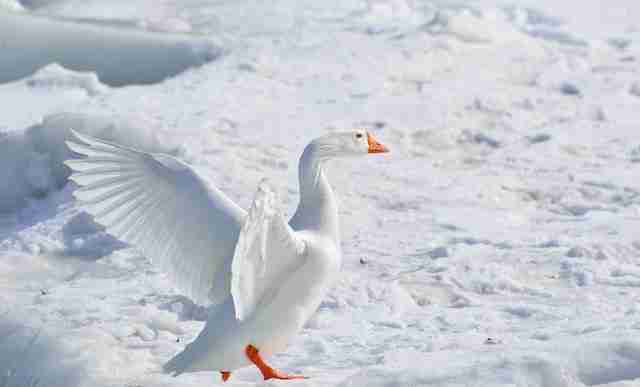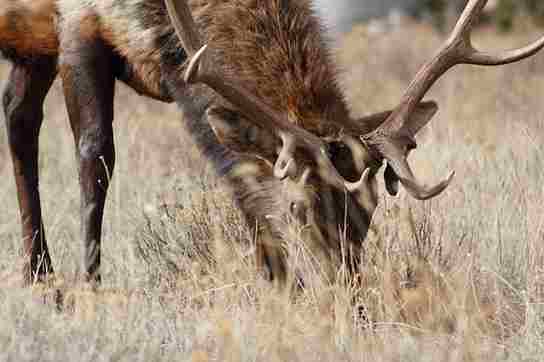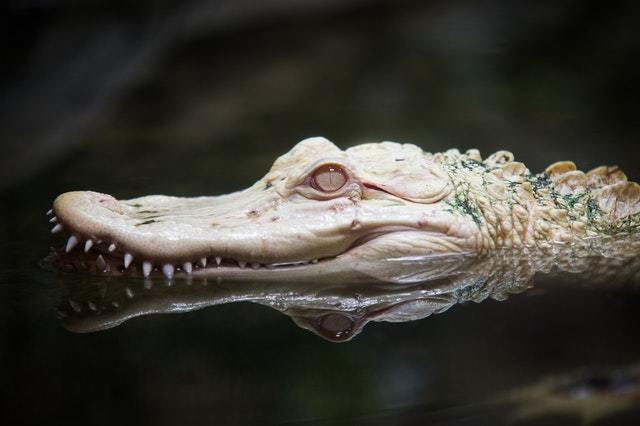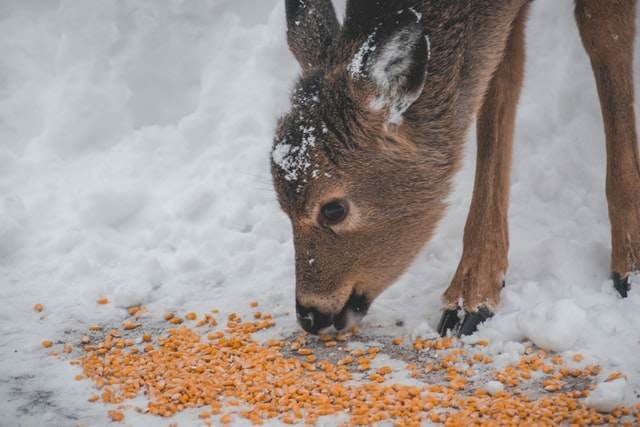Do Geese Migrate? (Everything You Need To Know)
You know, I went to the park once and something interesting happened. I got chased by three geese. They were honking at me like I stole their food or something. I had to throw some of the food I had to them before they stopped.
A few months later I went to the same park hoping to see my little flurry friends but they were not there. I asked the park ranger and he said they were gone, just like that.
If, like me, you just came out one morning and noticed all the geese you once saw around aren’t there, you may be wondering where they went. In this article, we will see if geese really migrate and if so, why they do so.

Do Geese Migrate?
Yes, they do. Geese are migratory birds. This means that every year they leave one habitat for another in search of better living conditions (temperatures), food, and mates. They often move long distances in groups until they arrive at their destination.
Why Do Geese Migrate?
All through winter, geese fly across the country and sometimes across the world in search of warmer climates, breeding grounds, and food sources. They often do so when the living conditions in their previous environment no longer support them. For instance, when there’s a scarcity of food.
In a bid to escape from cold weather in their breeding areas and find more food sources in warmer climates, many species of geese migrate south. Sometimes, this can be physically exhausting but this is necessary for their survival.
Geese Migration pattern
During migration, geese normally fly in a peculiar V-shaped pattern, which is believed to help them conserve energy by taking advantage of the air currents produced by the birds in front of them.
By adopting this pattern, geese are able to communicate with one another during flight and remain in a group.
Although flying at the head of the V-shaped formation demands greater energy and endurance, the lead bird frequently switches positions with the other birds to distribute the task among them.
How Far Do Geese Migrate?
The distance geese travel varies widely depending on the particular species and location. During summer, geese breed on a breeding ground. During winter or fall, they migrate from their breeding ground to another location that js warmer at that time of the year.
For instance, geese that breed in the Arctic tundra migrate to warmer climates in the southern United States, Mexico, or Western Europe.
Below I have listed some popular geese species and the distance they migrate:
- Canadian Geese: These geese come to the southern United States for the winter after breeding in Canada and Alaska. They can cover a distance of up to 3,000 miles.
- Snow Geese: Breeding in the Arctic tundra, snow geese travel to Mexico and the southern United States for the winter. During their migration, some Snow Geese typically fly over 3,000 miles.
- Barnacle Geese: These birds breed in Greenland, Iceland, and the Norwegian archipelago of Svalbard before wintering in Western Europe. During their migration, some barnacle geese can cover up to 1,500 miles.
- Greater White-fronted Geese: These migratory geese nest in the Arctic tundra and spend the winter in Mexico and the southern United States. Their range can be up to 2500 miles.
How far do geese migrate in a day?
The distance covered by geese in a day depends on several factors. These include food and water availability along the route, weather conditions, wind speed, and so on. A typical goose will fly 100 to 200 miles in a day. But some species are known to fly up to 1500 miles.
Do geese migrate at night?
It is not uncommon for geese to migrate at night, especially during cold weather or when crossing large bodies of water.
At night, the temperature of the air is cooler and this helps to protect them from overheating.
Migrating at night also keeps them out of harm’s way since they are able to avoid predators and collision with other birds.
Having said that, geese are diurnal, so they are usually active during the day and sleep at night. But they may occasionally fly at night depending on the weather and how bright the moon is. Good visibility usually favors flights at night.
When do geese migrate north?
Geese migrate north in the spring, this could be anytime from late February, March, and even May depending on the specie and the location. The exact timing also depends on many environmental and weather factors and varies from year to year.
Why do some geese not migrate?
Oftentimes, the breeding ground of some geese has a sufficient supply of food and a mild climate. In this case, there’s no need for the geese to migrate.
For instance, some populations of Canadian geese have stopped migrating for a long time because they have mild weather and feed on grass and food crops in the suburban region all year round.
What geese do not migrate?
A lot of geese do not migrate and can be kept on farms and as pets. These geese get all the conditions they require for growth all year round and have no reason to fly south to look for more favourable conditions. Some of these geese are bar-headed geese, Chinese geese, swan geese, Hawaiian geese, Egyptian geese, and of course, some populations of Canadian Geese.
Other Related Questions About Geese Migration
Do geese migrate from Virginia?
Yes, geese migrate from Virginia. It is also a great resting location for geese migrating farther south.
Where do geese go in the winter?
Many places. It all depends on the specie. You could find them in California and other areas of North America.
When do geese migrate south through Oregon?
Geese migrate through Oregon in the fall. Although the timing is not specific and varies from specie to specie.
When do geese migrate through central Texas?
In the fall. Although you may find some species like the snow geese flying through central Texas on their way back in the spring.
Why do geese migrate back north?
Geese generally migrate back north during the breeding season.
How far south do geese migrate?
The distance of migration is not the same for every species. And it also varies from auction to location. In general, geese can migrate distances of 1500 miles to 2500 miles.
Final Words
In conclusion, geese migration can be fun to experience. Going south every year in search of feeding areas and favorable conditions is definitely a brave move, albeit a survival instinct.
If you have further questions about geese migration, please drop them in the comment section and I will try to reply as soon as possible.





